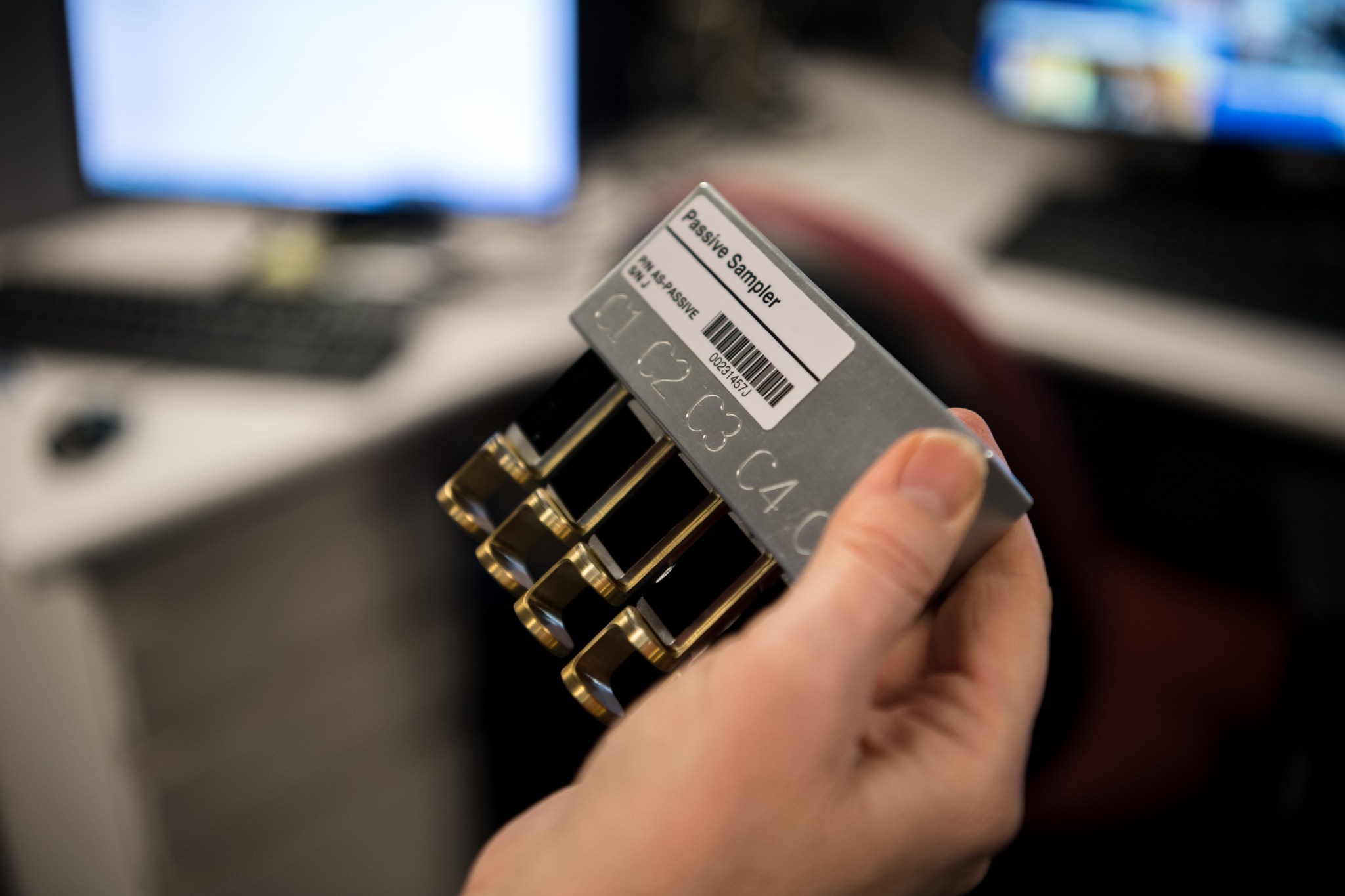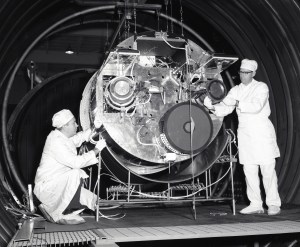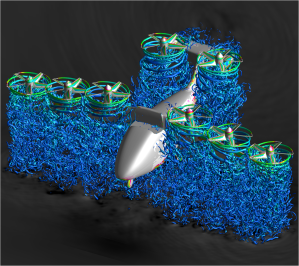
When your house gets dusty, the dust settles, falling down to lower surfaces, awaiting your attention with the vacuum cleaner or duster. Not so on the International Space Station. Like any home, it gets dusty, but the particles don’t settle…they float.
And that’s a problem for astronauts living and working there. Dust can get in their eyes and nose causing irritation and allergic reactions.
Although high efficiency filters are installed on the space station and the astronauts vacuum regularly, there has never been a thorough investigation of airborne particulates until now.
NASA Glenn Research Scientist Dr. Marit Meyer is leading an experiment to sample airborne particles on station to help improve astronaut health and wellness. The experiment involves two types of samplers designed by the RJ Lee Group, which are portable collection devices.

“Collecting this data will help us to ultimately build a particulate matter monitor so NASA can improve the environment for astronauts on station and other long term missions in deep space,” says Meyer.
The first collection device is an electric sampler placed on the wall near where the astronauts work. A pump draws air through a cartridge containing a heated channel and across a very small disk. The airborne particles are drawn inside and get stuck to the surface of the disk.
“For six hours at a time the sampler collects particles as small as nanometer sizes, given off by the astronauts where they exercise and work,” explains Meyer.
She is particularly interested in collecting data from near the cargo bay area.
“When cargo vehicles are opened to retrieve supplies, any particulates inside can circulate into the station and affect the air astronauts breathe,” she says.
Additionally, seven passive samplers are placed near air ducts and vents. These devices have several plates with sticky surfaces that are opened all at once and then closed at different times to collect larger particulates.
“We expect to see lint, skin flakes and metal particles when we study the samples upon their return from the space station,” says Meyer.
When the samplers return to Earth, the cartridges and other samples will be analyzed in a variety of light, laser and electron microscopes.


























